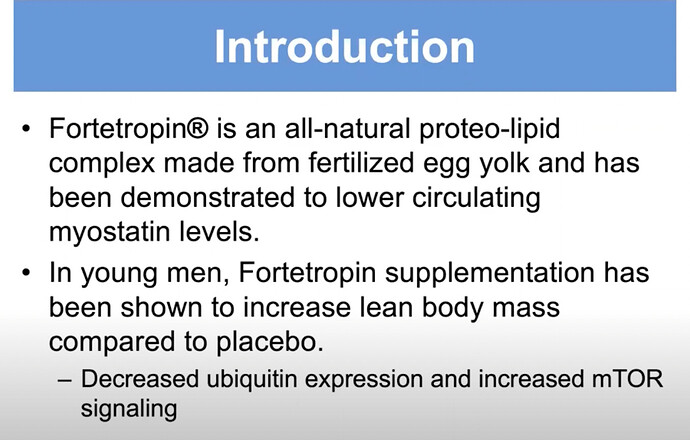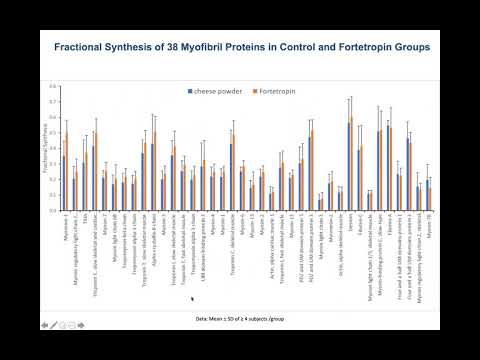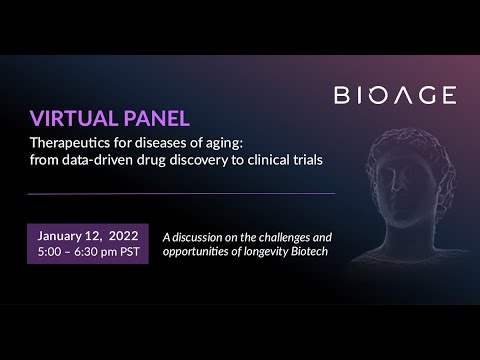Interesting listening for anyone over the age of 30 (since thats when muscle aging starts, according to Bill Evans).
Included in the Podcast is a really interesting discussion around how the FDA is pushing back on anti-aging muscle drug development because of the concern that it may be adopted too quickly by too many people if its successful … The FDA’s concern seems to be about potential unexpected side effects that affect some portion, or subsegment of the population (but isn’t discovered until wide usage).
Dr. Bill Evans, one of the world’s foremost experts on muscle aging, to the podcast. Bill is adjunct professor of Human Nutrition at University of California Berkeley and an adjunct professor of medicine in the Geriatrics Program at Duke.
Previously, he was vice president and head of Muscle Metabolism Discovery Performance Unit at GlaxoSmithKline and he was also president of the Muscle and Health Division at KineMed. He was also president of the Muscle and Health Division at KineMed.
Earlier this year, he was recognized with a Lifetime Achievement Award at the 2022 International Conference on Frailty, and Sarcopenia Research.
Today, Bill brings his vast amount of experience and expertise to the podcast to discuss how muscle aging affects longevity in older people and the relationship between muscle aging and age-related diseases. He begins by sharing his experience in the longevity industry, particularly with muscle aging, and goes on to discuss the term ‘sarcopenia’, including what it means and how it relates to muscle degeneration.
He then explains the differences between sarcopenia and cachexia, and referring to several studies, shares the meaning of frailty, the relation of walking speed with age, and the importance of the brain–muscle connection.
At the conclusion of the episode, Bill discusses the future of muscle aging and how the longevity industry hopes to find solutions that will improve the lives of people on a global scale.
Episode Highlights: Bill’s journey in the muscle aging industry Why muscle degeneration? The origin of the term ‘sarcopenia’ The differences between sarcopenia and cachexia Is sarcopenia due to dysregulation of neuronal inputs? The contribution of fast-twitch and slow-twitch muscle fibers in aging Sarcopenia and age-related diseases What is frailty? Why our walking speed slows down as we age The relation between exercise and psychological state The brain-muscle connection The future of the longevity industry from Bill’s viewpoint


